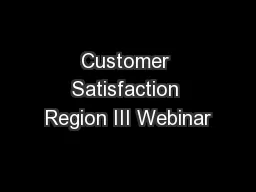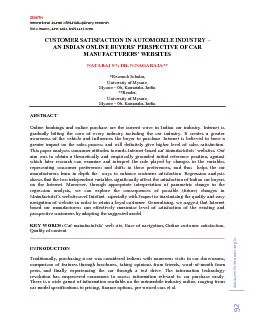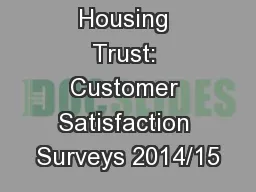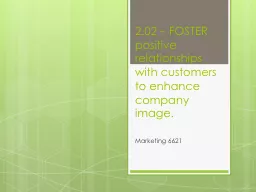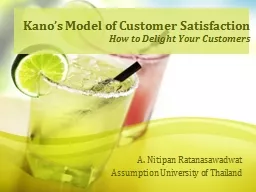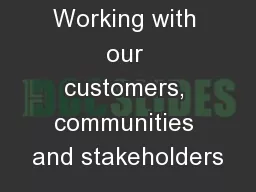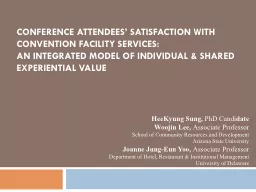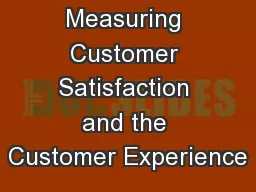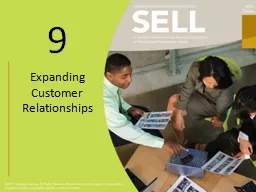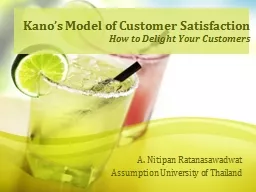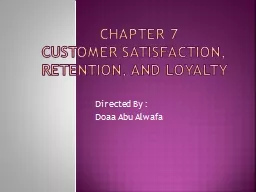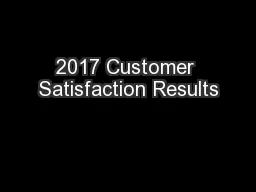PPT-Customer Satisfaction Region III Webinar
Author : stefany-barnette | Published Date : 2018-09-20
April 28 2016 Jarle Crocker Director Training and Technical Assistance Community Action Partnership Jcrockercommunityactionpartnershipcom Barbara Mooney Director
Presentation Embed Code
Download Presentation
Download Presentation The PPT/PDF document "Customer Satisfaction Region III Webinar" is the property of its rightful owner. Permission is granted to download and print the materials on this website for personal, non-commercial use only, and to display it on your personal computer provided you do not modify the materials and that you retain all copyright notices contained in the materials. By downloading content from our website, you accept the terms of this agreement.
Customer Satisfaction Region III Webinar: Transcript
Download Rules Of Document
"Customer Satisfaction Region III Webinar"The content belongs to its owner. You may download and print it for personal use, without modification, and keep all copyright notices. By downloading, you agree to these terms.
Related Documents

